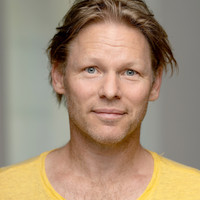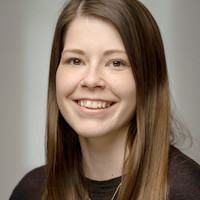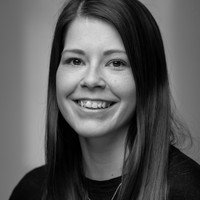Kandidat i koreografi
master of fine arts in choreography
The MFA in Choreography focuses on two aspects and their relation: Physical practice and Choreographic production.
As a student, you will be encouraged to develop a complex and deepened understanding of different possible relations between the two and the potentials that those relations bring along. The programme also emphasizes the importance of context in choreographic production. For example, how the site of presentation, the choice of performers, the duration of the work and the construction of the working process all are choreographic elements within the work. In other words, in which way the “how” is the “what”.
Nordic Choreographic Platform (NCP)
The programme is a part of the Nordic Choreographic Platform (NCP) – a collaboration between DASPA and the master's programmes in Choreography in KHIO (Oslo), Uniarts (Stockholm) and Uniarts (Helsinki). Once per semester, the involved programmes gather for joint studies. The periods of exchange will, when possible, be coordinated with important events in the different countries, such as festivals, conferences, and symposiums. In each city there is also a collaborating venue and the students will have a chance to meet and present their work to the directors and/or other staff of those venues. This is seen as a way to ensure a certain Nordic network is in place for the graduating student.
The curricula of the programme is based on four elements:
- Physical Practice (30 ECTS)
- Choreographic Production (30 ECTS)
- Documentation and Publication (15 ECTS)
- Common studies in the Nordic Choreographic Platform (15 ECTS)
The entire final semester consists of the individual master’s project (30 ECTS).

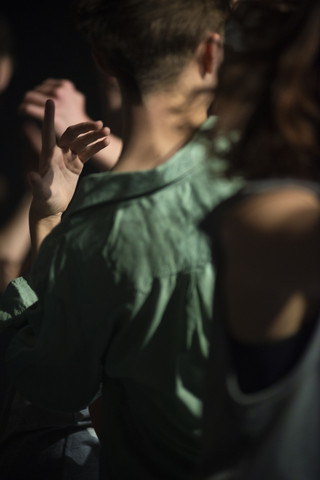
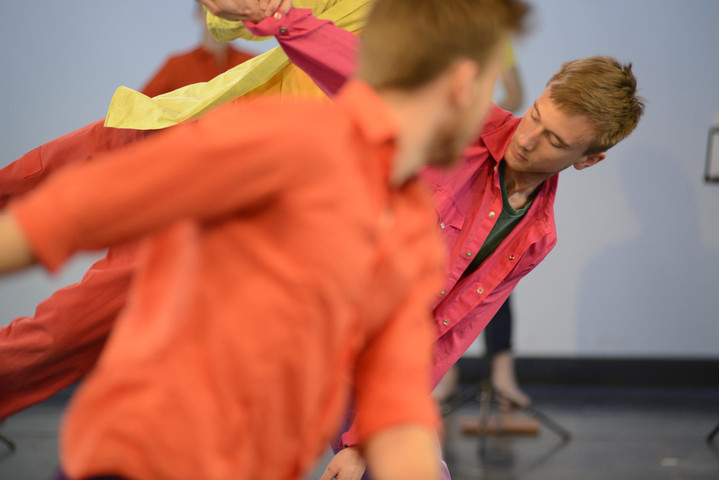
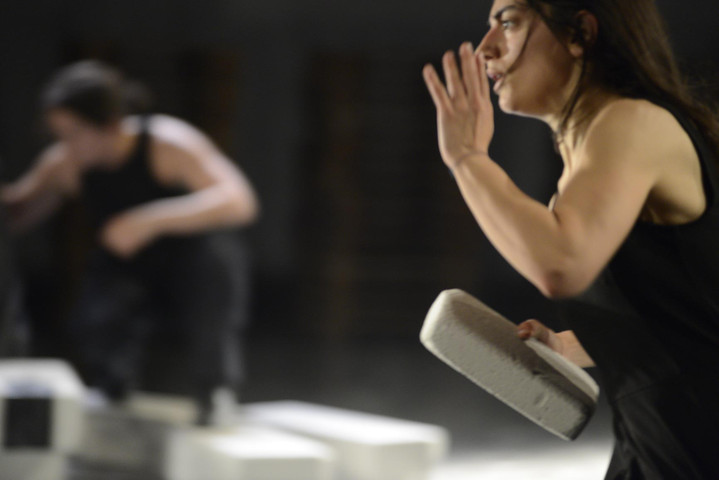

study and teaching methods
The programme is based on both supervised individual work and workshops with invited guests. The faculty at the school handles the larger part of the supervision and the continuous following-up of the student’s trajectory throughout the programme, while invited artists/teachers mostly give the workshops. External supervision can also occur.
As the programme aims to educate independent artists, you will be expected to take responsibility for your own learning process.
The programme may also include common studies with other master’s programmes at the school and collaborations with the professional environment. There are also common studies with other Nordic programmes in Choreography (see above, NCP).
The main teaching language is English.
the faculty
Rasmus Ölme is the Head of Programme and runs it in close collaboration with the faculty members Malin Astner and Quim Bigas Bassart. Next to the faculty members, the students will meet guest teachers and artists from the field of study.
The programme prepares you for a freelance career as choreographer. This concerns both your individual artistic expression and the know-how relating to production, including, for example, project management, communication and ethics. In order to create a sustainable career, next to the individual artistic production, functioning as a free-lance choreographer may also entail activities that support s one’s own practice, such as workshop facilitation, curating, research or assisting fellow artists in production. The role of such activities in one’s career path is also reflected upon in the programme.
The entry requirement for the programme is a Bachelor of Fine Arts and a passed admission test.
A bachelor's degree in Dance and Choreography from DASPA (three or four years) does not constitute a legal entitlement to be admitted to the Master’s Programme. All applicants with a qualifying degree must go through the same application process.
